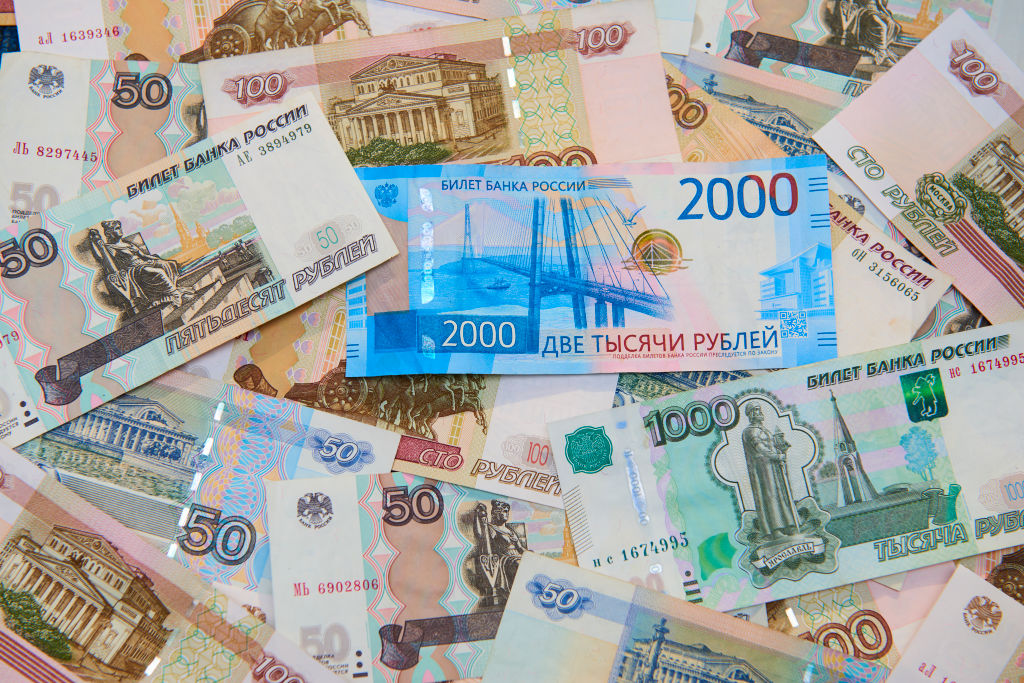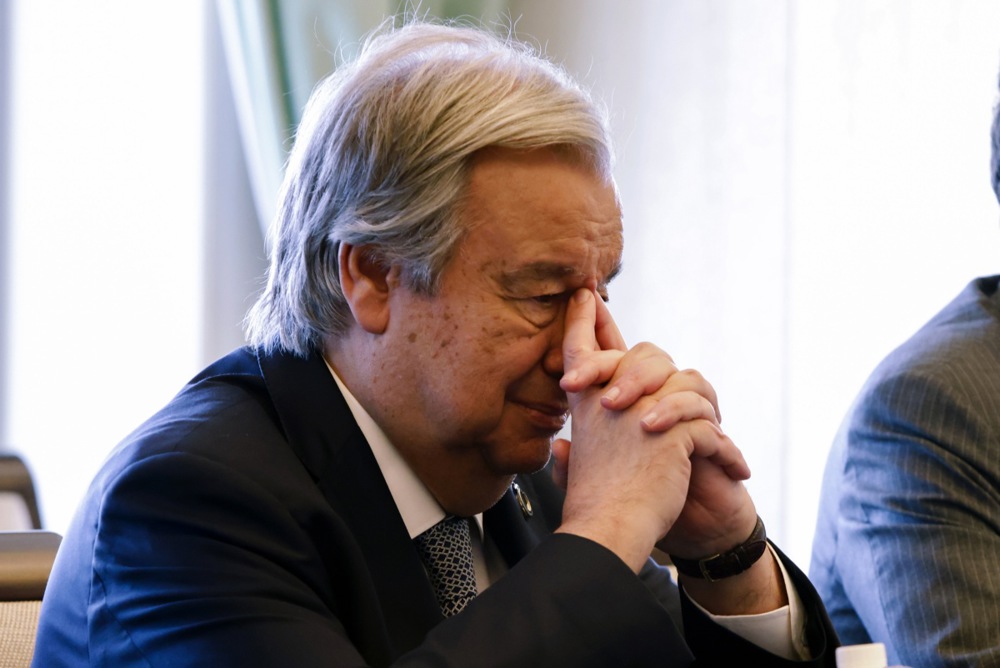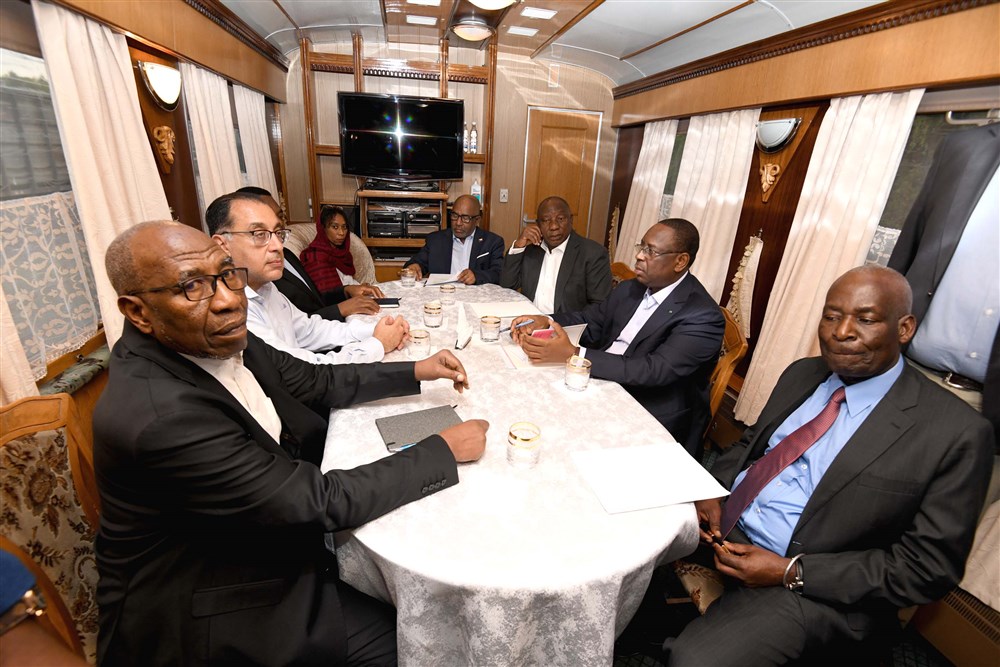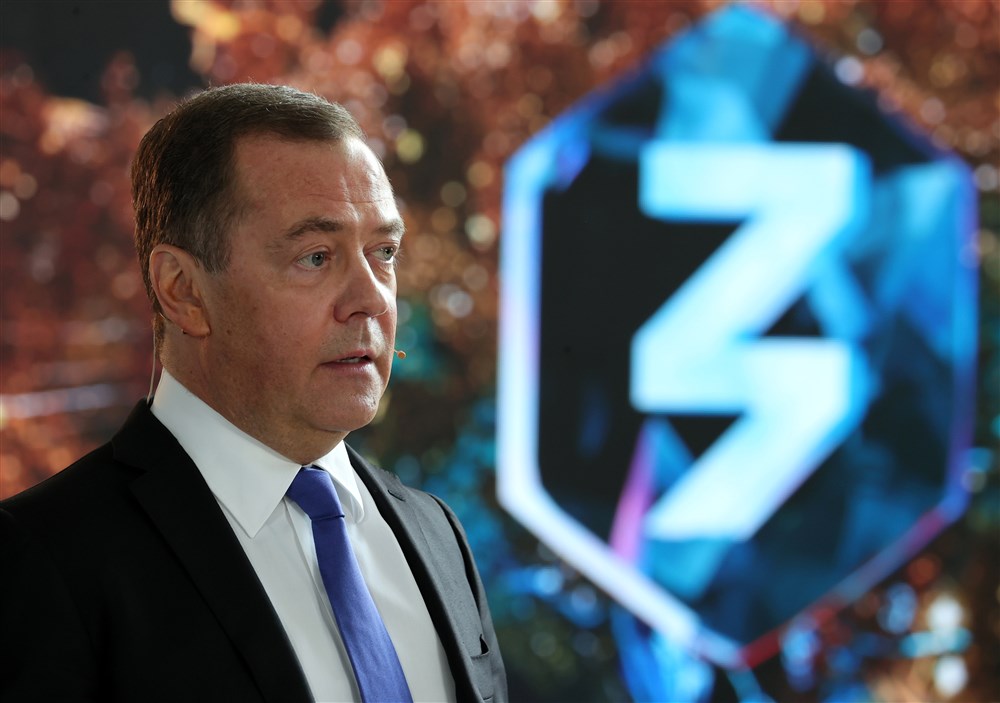With the value of the Russian ruble in steep decline, its central bank is trying to stop the bleeding away of its value by increasing interest rates by 3.5 per cent. The key interest rate rose from 8.5 to 12 per cent.
“This decision was taken in order to limit the risks to price stability,” the central bank announced after an emergency meeting.
It cautioned about the ongoing increase in inflationary pressures and expressed concern that the central bank might fail to meet its 2024 inflation target if prices continue to surge at their present pace.
“In the case of a strengthening of pro-inflation risks, an additional increase of the key rate is possible,” the central bank said.
The next planned assessment of the central bank’s key rate is set to take place on September 15.
The Russian Government is spending a lot of money, on its war in Ukraine, which has spurred high inflation regarding goods and services costs.
Inflation has persisted at high levels despite the central bank’s efforts to implement a tighter monetary policy. Consumer prices, for instance, increased by 4.3 per cent year-on-year in July.
Since the beginning of the year, the ruble has experienced a depreciation of approximately one-third in relation to the US dollar. That can be attributed to challenges including declining export earnings, increased imports and elevated military expenditures.
On August 14, the currency’s value dropped to a shade over 100 rubles per US dollar, leading a Kremlin aide to openly criticise what was referred to as an “accommodative monetary approach” in an op-ed published through state media.
The ruble is at its lowest level in 17 months as Western sanctions seemingly squeeze the Russian economy.
The drop in the value of the currency might see ordinary Russians hit regarding their standard of living, and lead many to question the politics of Moscow’s leadership – as intended by Western sanctions.
In an act of pure desperation to bolster the crumbling Russian Ruble the Russian Central Bank dramatically raised the key interest rate to 12% (up from 8.5%). This extraordinary increase lays bare how dangerous the plunge of the Russian currency (and inflation) for Russia has… pic.twitter.com/5VIVabQ5OF
— (((Tendar))) (@Tendar) August 15, 2023
The primary benchmark interest rate is the lowest rate at which the central bank lends funds to commercial banks. These commercial banks subsequently extend loans to individuals and businesses at their own elevated interest rates, above those of the central bank.
When the foundational interest rate is raised, it causes interest applied to consumer loans to increase as well. Consequently, both individuals and businesses take fewer loans, resulting in a reduction of overall buying capacity and in the expansion of commercial activities. This sequence of events subsequently restrains economic growth.





